Everyone needs good feet – especially runners and cyclists. It is so easy for any of us to take our feet for granted in spite of the punishment we give them. Read any book about running and you’re bound to find a chapter on injuries. Cyclists too can have foot problems and it’s worth checking out some ways of dealing with some of the common – and less common – problems with our feet.
Achilles Tendinitis
This can be a painful condition affecting the tendon at the back of the heel and lower part of the leg. It can be caused by over training, especially when the calf muscles are on the tight side or through the wrong pronation. Pronation is about the way your foot lands with each step.
For cyclists, if the position of your foot inside your shoe isn’t right, you can be over or under pronating with each turn of the pedal and this cannot be easily adjusted, especially if you’re like me and the millions of other cyclists using Shimano SPD pedals. Surprisingly runners and cyclists sometimes have tight muscles and can really benefit from gentle stretching (I recommend doing this once the muscles are warmed up because ‘cold’ muscles aren’t as stretchy or supple).
While some running shoes can correct this, you might be wondering when to buy running insoles. These insoles can correct the position of the foot in the shoe and bring greater comfort. Naturally they can be transferred between your existing shoes, or potentially to new shoes when the old ones eventually wear out. You’ll see from the above link there’s quite a variety and I think it’s always worthwhile getting a decent quality.
Protecting ankle and knee joints
I once borrowed my wife’s pedometer and went for a run and from memory I did over 10,000 steps in an hour. When we run, it’s amazing to think we have over double our body weight landing on our feet with every stride so for me this means 21 stone landing on my heel thousands of times in a typical run- no wonder we sometimes experience injuries!
With modern running shoes, we tend to “heel strike”- in other words our heel lands first and then we roll our foot forward and finally lift off with the ball of the foot. Effective shock absorbing insoles can help protect joints and heel spurs. Runners who are on the heavy side may be more vulnerable to any difficulties and may really find insoles useful. Some have a gel pad which won’t overheat and you won’t know its there. Could be a good investment which can even be transferred from one pair of shoes to another.
Blisters
Blisters are horrible, painful and can lead on to infections. They can disable you for a few days if they’re severe. Many people are aware of the first signs of getting a blister and to be honest, I think it’s a tricky issue to deal with when you’re miles from anywhere.
Blisters are, in theory completely avoidable but they do tend to take people by surprise even if they are experienced athletes, ramblers or walkers. They’re caused through friction against the skin, often on the heel or on the side of the foot behind the big toe.
I too have had unexpected blisters which at first puzzled me and the answer came from asking in my local Running shop when I was still a new runner. You see I had been for an extra long run (I was training for my first marathon) and I managed to get a blister. I was running in my normal shoes and socks – and so WHY had I picked up a couple of blisters? The Running shop’s expert explained as we get tired, we tend to take shorter steps even though we might be running at a consistent speed. Those shorter steps can cause subtle difference in the way our feet land and this is enough to create a couple of blisters.
What have I learnt from this? Extra long runs (i.e. marathons, ultra marathons) or endurance cycling events are potential blister territory. I routinely take a preventative approach before setting out on parts I know are vulnerable. Much better to do this from the outset and not risk dropping out just because of preventable blisters – just imagine the disappointment!
“And what kind of plasters?” I hear you cry…. I reckon that while any plaster is better than nothing, it is definitely worth investing in something like this and made by Spenco. Spenco is an American brand of which I’ve had some positive experience of (gel pads in gloves etc) and so I feel pretty confident with something like this. This is their 2nd Skin Dressing Kit and I think it is far more kind to your skin than plasters with strong adhesive. Having a 2nd Skin Dressing kit in your bathroom cupboard is a useful step to take.
Wrapping up
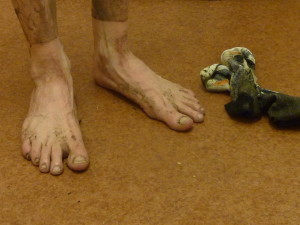 All too often we take our feet for granted; we punish them, we rarely examine our feet until there’s a problem. We need to take care of ourselves in this way, we all know it but often do nothing about it. Getting a good fitting pair of shoes is obvious but we can do other things in looking after our feet:
All too often we take our feet for granted; we punish them, we rarely examine our feet until there’s a problem. We need to take care of ourselves in this way, we all know it but often do nothing about it. Getting a good fitting pair of shoes is obvious but we can do other things in looking after our feet:
- Get your size checked from time to time, perhaps every two or three years. Our shoe size can change in adults and this sometimes occurs when people lose weight
- Don’t wear the same shoes on consecutive days – allowing them to dry out naturally is the best thing to do
- Pay extra attention to your feet if you are diabetic
- Wash your feet daily and make sure you have clean socks ready
- Remove any hard skin
- Always make sure your feet are properly dried after washing; take care with using a towel in between your toes as it can be easy to crack the skin
- Consider using flip-flops at swimming pools or gyms
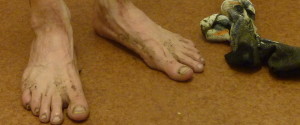
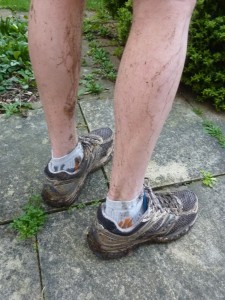
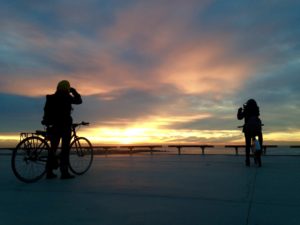
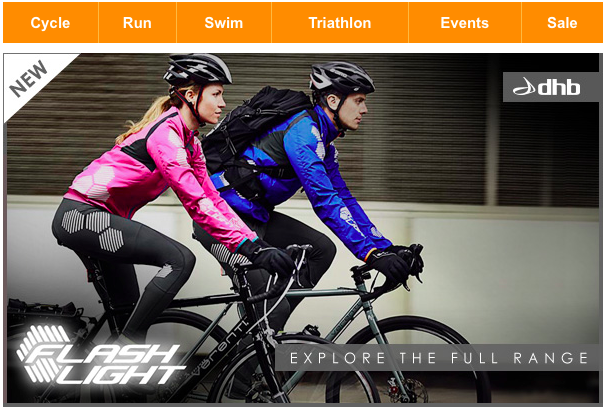

 RSS – Posts
RSS – Posts